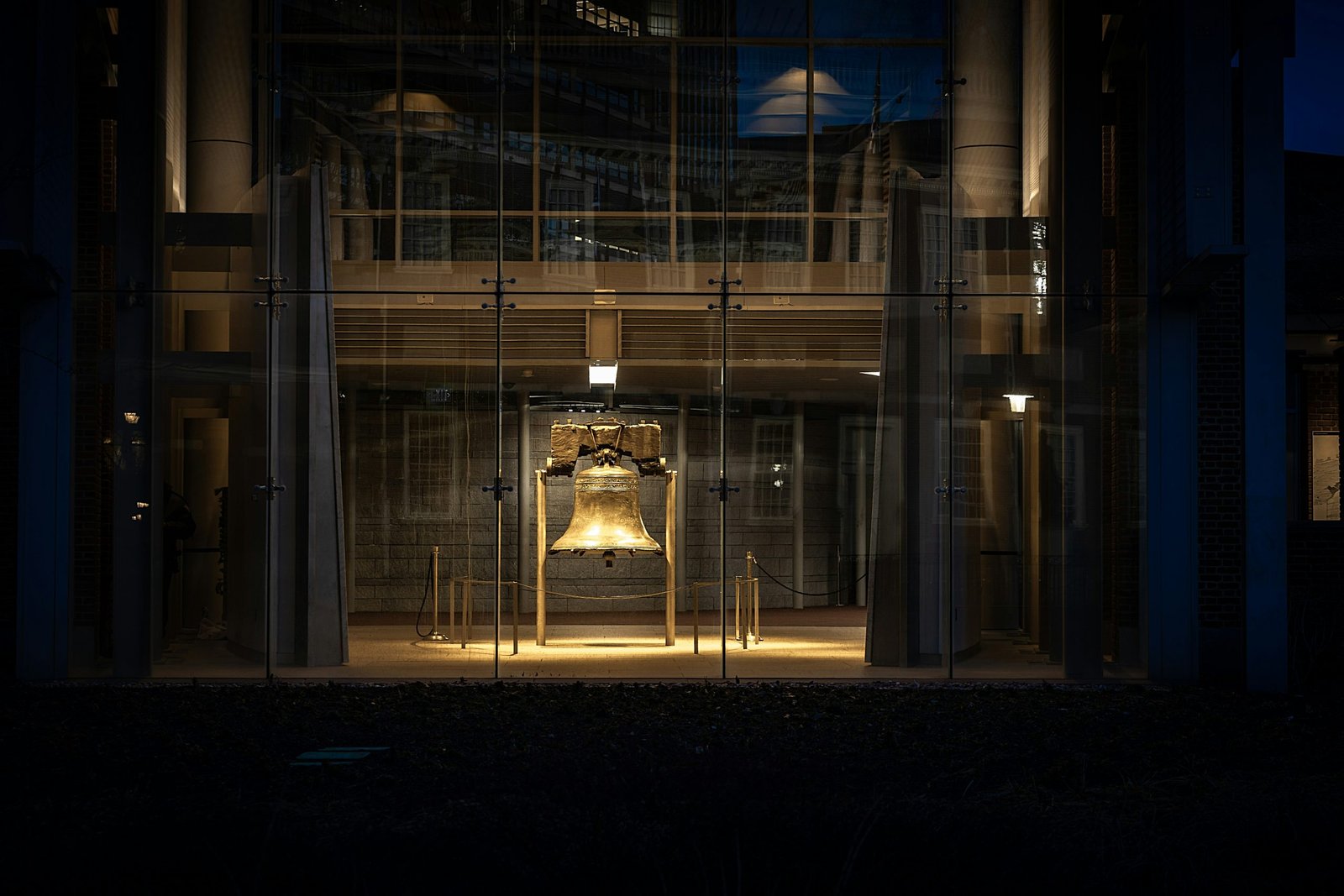The Bayeux Tapestry is believed to have been created in the late 11th century, shortly after the Norman Conquest. While the exact date of its creation remains uncertain, historians estimate that it was made around the 1070s or 1080s. This places the creation of the tapestry just a few decades after the events it depicts, making it an invaluable historical document.
The tapestry itself is an impressive work of art, measuring approximately 70 meters long and 50 centimeters tall. It is embroidered on a linen cloth using colored woolen threads, depicting a continuous narrative of the events leading up to the Battle of Hastings in 1066 and its aftermath. The level of detail and skill demonstrated in the tapestry is truly remarkable, showcasing the talent and craftsmanship of its creators.
While the exact origins of the Bayeux Tapestry remain a mystery, it is widely believed to have been commissioned by Odo, Bishop of Bayeux and half-brother of William the Conqueror. Odo played a significant role in the Norman Conquest and is depicted prominently in the tapestry. The tapestry is thought to have been created by skilled English or Norman embroiderers, possibly in Canterbury, England.
One of the most intriguing aspects of the Bayeux Tapestry is its purpose. While it is commonly referred to as a tapestry, it is actually an embroidery. It was not created for decorative purposes but rather as a historical record and propaganda tool. The tapestry tells the story of William the Conqueror’s claim to the English throne and his successful invasion of England. It served as a visual narrative to reinforce Norman authority and legitimize their rule.
You can learn a lot about history from the Bayeux Tapestry. It shows us how people lived back then. It has pictures of battles and parties. Also, it shows what clothes, weapons, and buildings looked like. There are Latin words written on it. They give us more facts about what’s happening.
The Bayeux Tapestry has been through a lot. In the French Revolution, it almost got destroyed. Napoleon Bonaparte once took it. In World War II, people had to pack it up to protect it. Now, you can see it at the Bayeux Museum in Normandy, France. It’s fun to look at all the details in it and think about history.





